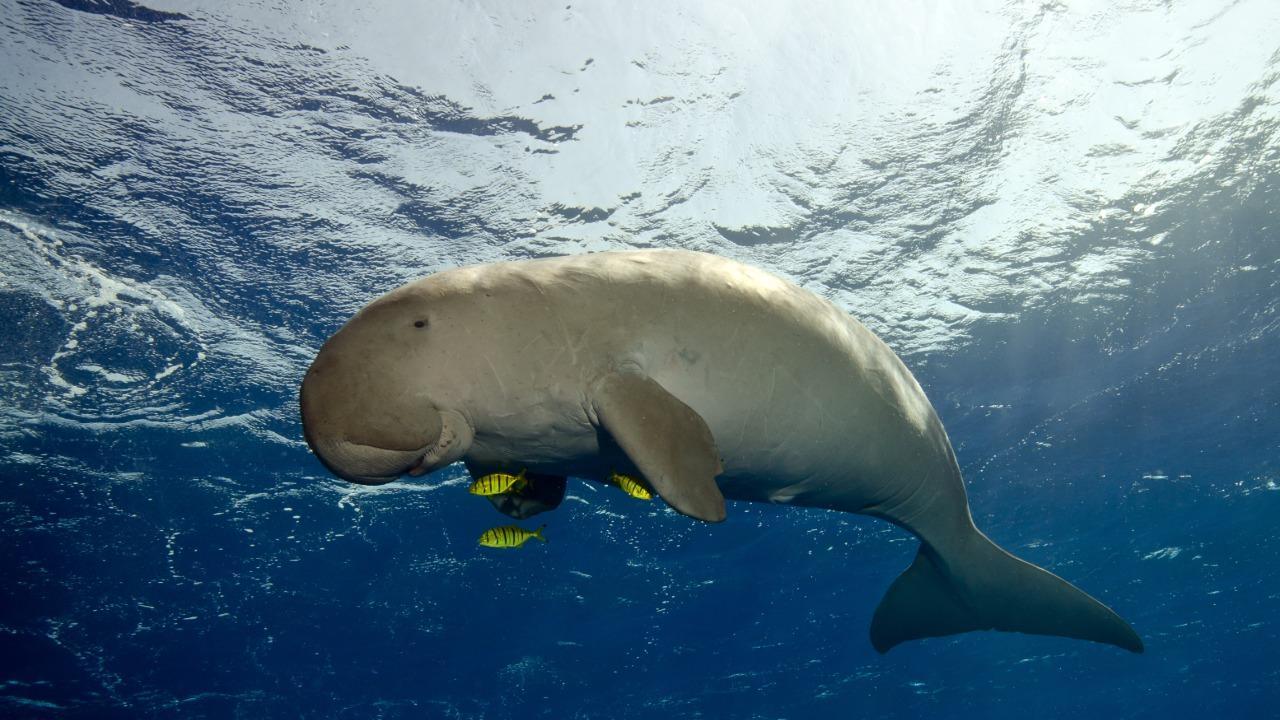The size of the dugong reserve will be tentatively spread over 500 sq km and will be located in the northern part of the Palk of Bay from Adiramapattinam to Amapattinam

Image for representational purpose only. Photo: istock
The Tamil Nadu government has commenced work for the country's first dugong conservation reserve in the Palk Bay region.
Dugongs are endangered species that are protected under Schedule 1 of the Wildlife Protection Act, 1972. The Wildlife Institute of India (WII), in a study, reported that only 200-250 dugongs are left in the wild of which 150 are found in the Palk Bay and Gulf of Mannar off Tamil Nadu.
The WII said that the area was being used as a breeding ground and therefore identified as a critical habitat.
The state government has already extended financial support to prepare a detailed project report, and the state Forest and Environment Department has already directed Tamil Nadu Chief Wildlife Warden, Shekar Kumar Neeraj to send the draft notification of the proposal to the Union Environment Ministry.
The size of the dugong reserve will be tentatively spread over 500 sq km and will be located in the northern part of the Palk of Bay from Adiramapattinam to Amapattinam.
According to information from the state Forest Department, the cost of establishing a reserve for the first five years would be Rs 5 crore.
A dugong and calf were first sighted in Palk Bay and the Gulf of Mannar in 2018. Six dugongs were rescued and released back to sea but 11 had died.
In India, dugongs, apart from Palk Bay, and Gulf of Mannar, are found in Gulf of Kutch (Gujarat), and Andaman and Nicobar Islands. However, the presence of dugongs is maximum in Palk Bay and the Gulf of Mannar. Dugongs are generally found in shallow waters at the depth of 10 metres but occasionally they dive down to 39 metres for feeding on seagrass.
This story has been sourced from a third party syndicated feed, agencies. Mid-day accepts no responsibility or liability for its dependability, trustworthiness, reliability and data of the text. Mid-day management/mid-day.com reserves the sole right to alter, delete or remove (without notice) the content in its absolute discretion for any reason whatsoever.
 Subscribe today by clicking the link and stay updated with the latest news!" Click here!
Subscribe today by clicking the link and stay updated with the latest news!" Click here!










